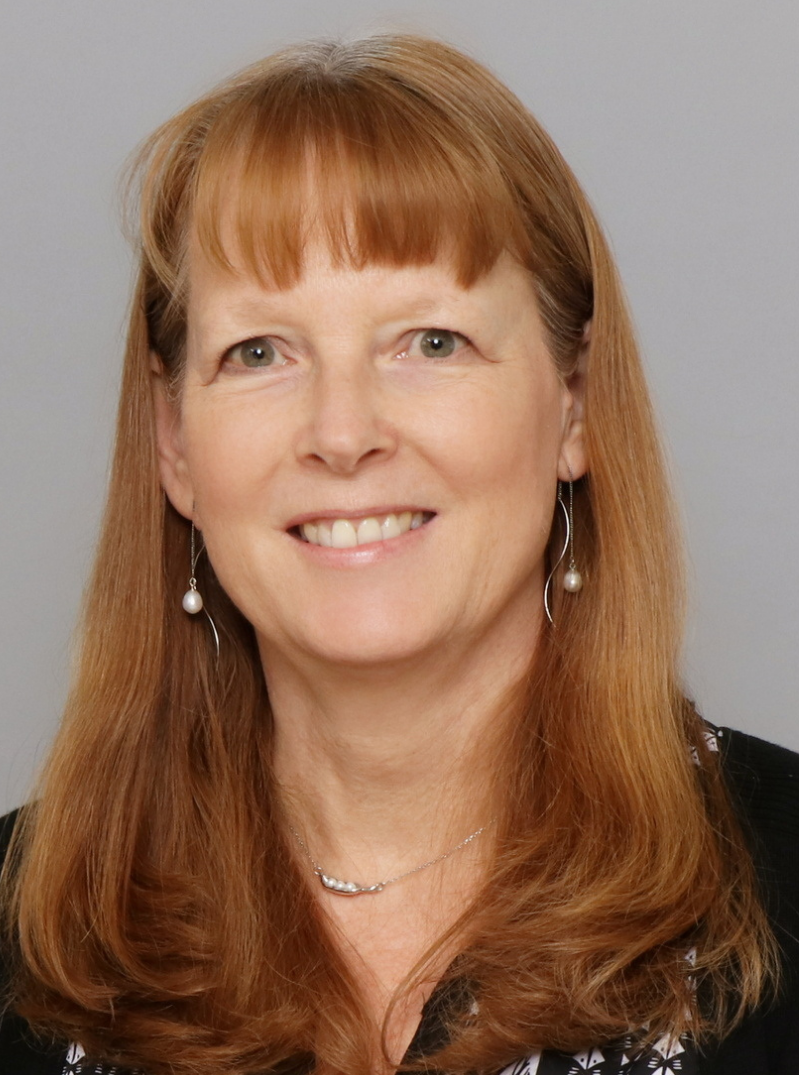- About
- People
- Faculty
- Tim Audas
- Christopher Beh
- Lorena Braid
- Fiona S.L. Brinkman
- Mark Brockman
- Tom Cech
- Jonathan Choy
- Lisa Craig
- Sharon Gorski
- Nicholas Harden
- Nancy Hawkins
- Robert Holt
- William Hsiao
- Valentin Jaumouillé
- Lisa Julian
- Dustin King
- Irina Kovalyova
- Mani Larijani
- Amy Lee
- Michel Leroux
- Ryan Morin
- Ingrid Northwood
- Mark Paetzel
- Lynne Quarmby
- Dheva Setiaputra
- Michael Silverman
- Sophie Sneddon
- Glen Tibbits
- Peter Unrau
- Esther Verheyen
- Stephanie Vlachos
- David Vocadlo
- Edgar Young
- Emeritus Faculty
- Associate Members
- Adjunct Faculty
- Research Personnel
- Graduate & Postdocs
- Staff
- Department Committees
- Faculty
- Undergraduate
- Prospective Students
- Admission & Transferring
- Degree Programs
- MBB Co-op Program
- Careers in Molecular Biology and Biochemistry
- Scholarships & Funding
- Student Stories
- Contact Us
- Current Students
- Advising
- Courses
- Degree Programs
- MBB Co-op Program
- Research Opportunities
- Scholarship & Funding
- Student Resources
- Courses
- Prospective Students
- Graduate
- Graduate Studies Overview and Timeline
- Prospective Students
- Graduate Programs
- Degree Requirements
- Application Process
- Courses
- Course Descriptions
- Course Offerings
- Spring (1261)
- Spring (1251)
- Summer (1254)
- Fall (1257)
- Spring (1241)
- Summer (1244)
- Fall (1247)
- Spring (1231)
- Summer (1234)
- Fall (1237)
- Spring (1221)
- Summer (1224)
- Fall (1227)
- Fall (1217)
- Summer (1214)
- Spring (1211)
- Fall (1207)
- Summer (1204)
- Spring (1201)
- Fall (1197)
- Summer (1194)
- Spring (1191)
- Fall (1187)
- Summer (1184)
- Spring (1181)
- Fall (1177)
- Summer (1174)
- Spring (1171)
- Fall (1167)
- Summer (1164)
- Spring (1161)
- Graduate Student Stipend & Awards
- Events
- Student Stories
- Grad Student Opportunities
- FAQs
- Current Students
- Manage Your Program
- Degree Requirements
- Courses
- Course Descriptions
- Course Offerings
- Spring (1261)
- Spring (1251)
- Summer (1254)
- Fall (1257)
- Spring (1241)
- Summer (1244)
- Fall (1247)
- Spring (1231)
- Summer (1234)
- Fall (1237)
- Spring (1221)
- Summer (1224)
- Fall (1227)
- Fall (1217)
- Summer (1214)
- Spring (1211)
- Fall (1207)
- Summer (1204)
- Spring (1201)
- Fall (1197)
- Summer (1194)
- Spring (1191)
- Fall (1187)
- Summer (1184)
- Spring (1181)
- Fall (1177)
- Summer (1174)
- Spring (1171)
- Fall (1167)
- Summer (1164)
- Spring (1161)
- Fall (1157)
- Spring (1151)
- Graduate Student Stipend & Awards
- Forms And Resources
- Events
- Graduate Student Caucus
- Research
- Research Labs
- Audas Lab
- Beh Lab
- Braid lab
- Brinkman Lab
- Brockman Lab
- Choy Lab
- Craig Lab
- Gorski Lab
- Hawkins Lab
- Holt Lab
- Hsiao Lab
- Jaumouillé Lab
- Julian Lab
- King Lab
- Larijani Lab
- Lee Lab
- Leroux Lab
- Morin Lab
- Paetzel Lab
- Quarmby Lab
- Sen Lab
- Setiaputra Lab
- Silverman Lab
- Tibbits Lab
- Unrau Lab
- Verheyen Lab
- Vocadlo Lab
- Young Lab
- Bioinformatics & Genomics
- Cells & Disease
- Infection & Immunity
- Macromolecular Biochemistry
- Undergraduate Research Opportunities
- Postdoctoral Research Opportunities
- C2D2 Centre for Cell Biology, Development, and Disease
- Omics Data Science Initiative
- Recent Publications
- Research Labs
- Resources
- News & Events
- Support MBB
- Faculty + Staff Portal

Nancy Hawkins
Areas of interest
The Hawkins lab uses C. elegans to investigate the molecular mechanisms underlying asymmetric cell division. Asymmetric cell division is the process by which a mother cell divides to produce two daughter cells that adopt distinct cell fates and is essential for the generation of cell diversity during development. Many outstanding questions include: How does cell signaling contribute to asymmetric cell division? Are asymmetrically localized determinants conserved between organisms or cell types? How does an asymmetrically localized factor ultimately lead to differential gene expression necessary for cell fate determination? C. elegans is ideally suited to investigate these questions. Since the entire cell lineage is known, the timing, location and polarity of cell divisions can be analyzed at the resolution of single cells. Both cell signaling and the asymmetric segregation of intracellular proteins are required to specify distinct daughter cell fates during asymmetric cell division. We are currently using molecular, genetic and cell biological approaches to understand the mechanisms by which the highly conserved Wnt signaling pathway and the asymmetrically localized HAM-1 protein contribute to asymmetric cell division.
Education
- B.Sc., Cellular, Molecular and Microbial Biology, University of Calgary
- M.Sc., Medical Sciences, University of Calgary
- Ph.D., Molecular Biology, Princeton University
Selected Publications
- Leung et al., C. elegans HAM-1 functions in the nucleus to regulate asymmetric cell division. Dev Biol 2016
- Hingwing et al. CWN-1 functions with DSH-2 to regulate C. elegans asymmetric neuroblast division in a ß-catenin independent Wnt pathway. Dev Biol 2009
- King et al. The N- or C-terminal domains of DSH-2 can activate the C. elegans Wnt/ß-catenin asymmetry pathway. Dev Biol 2009
- View more publications
Courses
This instructor is currently not teaching any courses.

